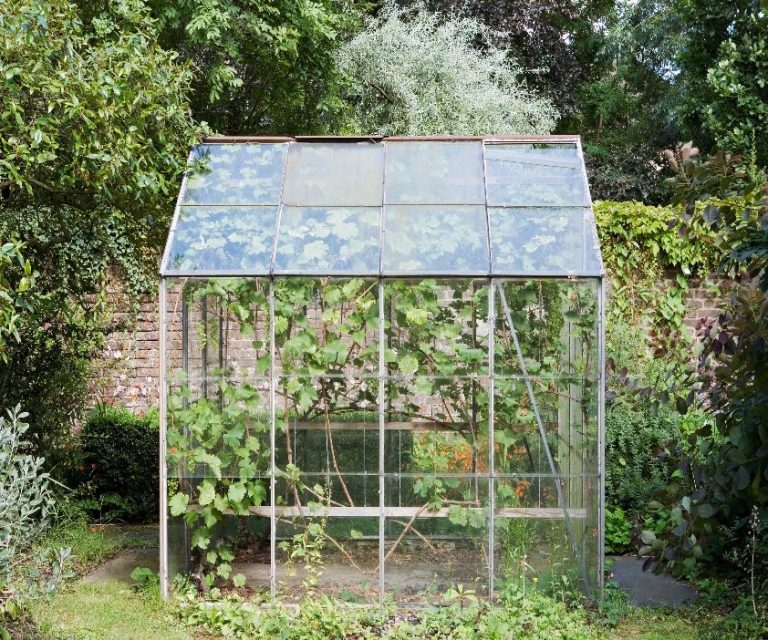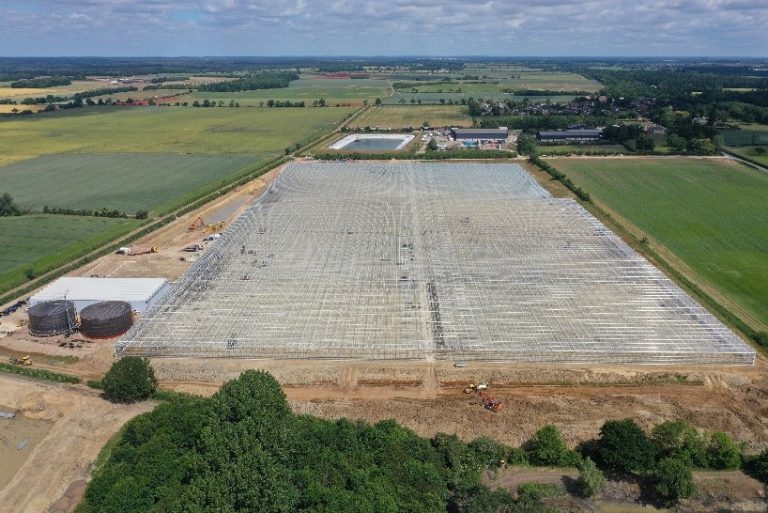There are many individuals who decide to build their own greenhouse – but this can often be quite a challenging endeavour, especially for those who don’t have much experience in this type of project. From the materials, to leveraging; there are typically several things that you’ll need to consider before putting one up in your garden. For those who want an easier experience, buying a kit will often be the best solution. It’s simple and often cost-effective too, which only helps to make it an even better choice. Even so, you may still be unsure of what to do. Let’s take a closer look at some of the important things to consider when choosing between a DIY project and purchasing a pre-made greenhouse kit. Want to buy? Make sure you buy from a reputable manufacturer First things first, if you do plan on purchasing a greenhouse, you should make sure that you’re getting a product that’s good quality and meets your requirements. If you decide to purchase a greenhouse from Hall, you’re likely to find that there are a variety of good kits to choose from, with plenty of variety too. This is perfect for those who already have an idea of what style and size they’re in need of – but even if you’re unsure, you could always take a look at their range and decide which one you like the most. What are the pros and cons of building your own? There are typically a few things that DIY enthusiasts will find beneficial about building their own greenhouse – but also a few factors that may be less than ideal. The costs For example, you could save quite a bit of money when using recycled materials, but this doesn’t mean that the project will be more cost-effective overall. You may find that modifying an existing structure into a leveraged greenhouse may work out to be a little more expensive despite half of the work already being done, and getting building permits could come at a price. This could end up balancing out the cost a little more. Options for customisation One positive aspect of customisation is that you can choose what materials you use. While it may not always be easy to find everything you need in one trip, it could be a bonus to be able to pick and choose all the individual aspects as you go along. With more options to customise your greenhouse, you can also custom-fit it to your garden’s unique needs. Time and effort Of course, you will need to be considerate of all the work that will go into installing a greenhouse. From sourcing the materials, to preparing your garden; there’s often a lot that you’ll need to do yourself, even when hiring somebody to undertake the build. What are the pros and cons of buying a kit? In general, buying a good quality greenhouse kit will solve a lot of the issues that many people have when going the do-it-yourself route. You may want to keep the following points in mind: Taking the easy option If you do decide to build your own greenhouse, it may be far better to opt for a kit, as you’ll generally find that the building process will be so much simpler and will take far less time to complete. This generally comes at the cost of being less customisable, which means that it may not be ideal for those who have very specific and unusual requirements. However, with a variety of kits in many shapes, sizes and styles, it usually won’t be too hard to find something that works for you. Quality guaranteed While you won’t necessarily have as many options when it comes to materials, it is worth noting that you won’t have to worry about them either. From a good manufacturer, you can generally enjoy quality throughout, with everything being cut to the right measurements. You may even find some parts pre-assembled and instructions to ensure that the building process goes as smoothly as possible. Save money and avoid risks All in all, considering all the different costs of a DIY greenhouse, you’ll usually be able to save money with a kit. While those on a tight budget could cut corners building their own, it isn’t usually going to be worth the risk. Alongside all this, you should also get a warranty when you purchase a good greenhouse. Typically, a manufactured greenhouse will come with at least some form of protection if something should go wrong (often relating to factory defects or similar issues), which at least gives you the opportunity to get a refund or a new one if anything goes awry. When constructing your own, you won’t get this luxury and will have to pay out for any damages yourself. Which one is best? With all the facts laid out, we can see that there are both positive and negative aspects to both. The best thing you can do is consider which one will be the most beneficial to you. If you’re looking to minimise risks, reduce the amount of work needed and potentially save some cash in the process, buying a kit might be the right way to go. Unless you really want to get involved with a project or need to tailor your greenhouse to your garden, it’ll generally be best to go for a kit. While DIY greenhouses do have their benefits, most will find that it’s simply not worth it in the long run. Building Design and Construction Magazine | The Home of Construction & Property News






